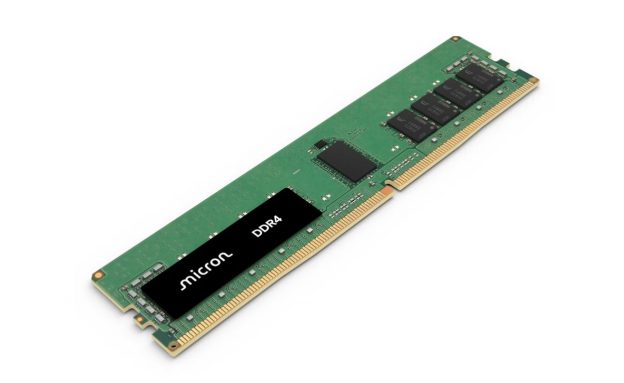
News

According to Commercial Times, after reports that Samsung will halt 1y and 1z nm 8GB DDR4 production starting in April, Micron has also informed customers it will discontinue legacy DDR4 modules for servers. This shift reflects a broader industry trend, as memory makers accelerate product transitions and shift resources toward high-end offerings like HBM and DDR5. The report also notes that SK hynix is cutting its DDR4 output, reducing its production share to 20%.
DDR4 Supply Constraints Reshape DRAM Procurement, Favoring Taiwanese Players
As indicated by the report, Samsung has notified its supply chain that 8GB LPDDR4 products based on 1y nm and 1z nm processes will reach end-of-life (EOL) by April 2025, with final orders (Last Buy Order, LBO) due by June. In addition, several 8GB and 16GB DDR4 SODIMM and UDIMM modules will be phased out, with final shipments scheduled for December 10, 2025, the report adds.
Analysts cited in the report note that the shift will significantly impact OEMs that rely on 1y nm 16GB DDR4, as supply is expected to decline sharply. While memory module makers may still be able to source DDR4 chips from Samsung, the report indicates that availability remains tight and increasingly constrained.
In response to the tightening supply, module makers are expected to shift procurement toward Taiwanese suppliers such as Nanya Technology and Winbond, as the report highlights.
At the same time, DDR5 modules with newer processes, like 1a and 1b nm, will be prioritized for major PC OEMs, including Dell, HP, ASUS, and Acer, as the report indicates.
DRAM Price Outlook Under Tariff Risks and Capacity Shifts
The report notes that memory prices are currently supported by pre-tariff stockpiling and tight supply controls. However, overall market uncertainty remains high, and the long-term outlook is still unclear.
According to TrendForce, the implementation of the U.S. “reciprocal tariffs” on April 9th—followed by a 90-day grace period for most regions—has prompted buyers and suppliers to adjust their strategies in response to policy uncertainty.
TrendForce notes that this proactive stockpiling has expanded the anticipated contract price increases for both DRAM and NAND Flash in the second quarter. However, this surge in momentum is likely to be short-lived. Demand from U.S.-based brands and exporters—who are more sensitive to tariff changes—will have been largely frontloaded into the first half of 2025, disrupting seasonal trends.
Read more
(Photo credit: Micron)